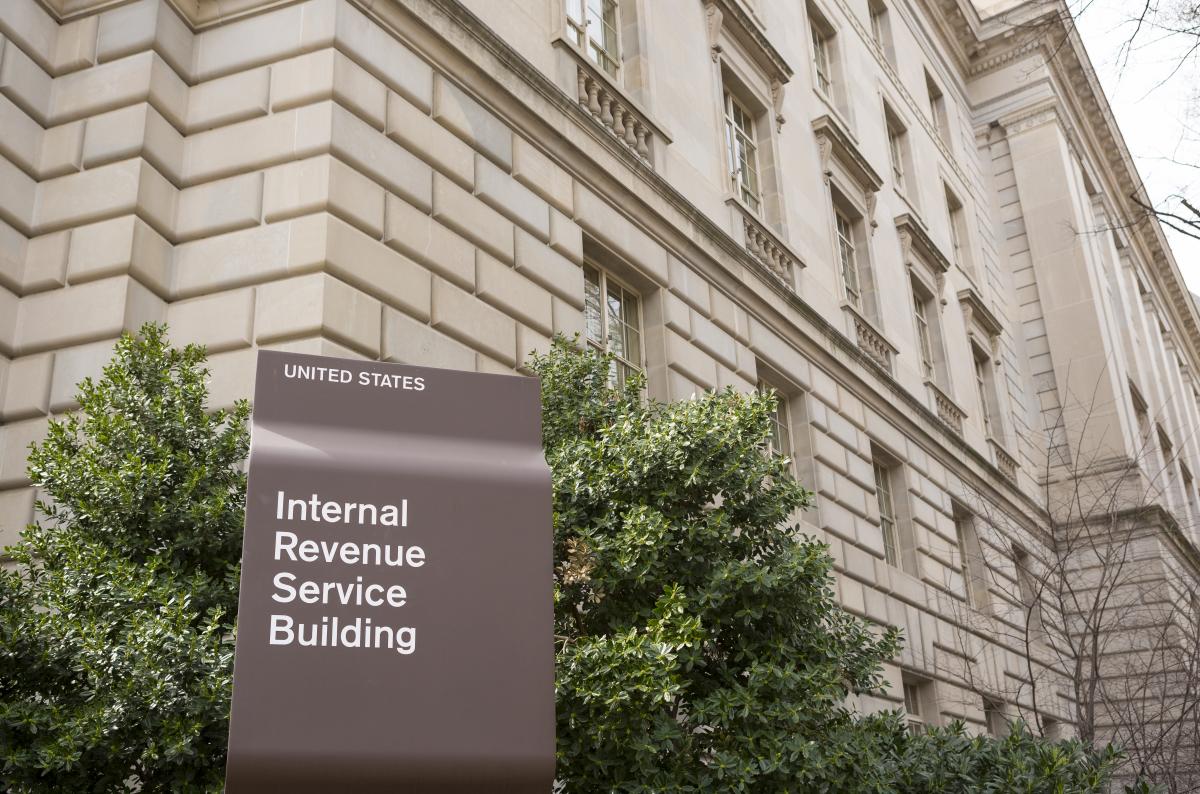The IRS has issued a reminder that people born before 1951 need to take required minimum distributions (RMDs) from funds held in IRAs and other retirement plans by the end of the year. And in so doing, it provides an opportunity to remind participants as well as clients whose participants may be affected.
 The IRS says that for the most part, individual’s RMDs from IRAs and retirement plans should already have begun and are required for 2023. In 2023, SECURE 2.0 raised the age that account owners must begin taking RMDs from age 72 to age 73; accordingly, individuals born in 1951 must receive their first RMD by April 1, 2025.
The IRS says that for the most part, individual’s RMDs from IRAs and retirement plans should already have begun and are required for 2023. In 2023, SECURE 2.0 raised the age that account owners must begin taking RMDs from age 72 to age 73; accordingly, individuals born in 1951 must receive their first RMD by April 1, 2025.
The IRS makes additional year-end reminders.
IRAs
The RMD rules require individuals to take withdrawals from their IRAs (including SIMPLE IRAs and SEP IRAs) every year once they reach age 72 (73 if the account owner reaches age 72 in 2023 or later). And that’s even if they’re still employed.
Owners of Roth IRAs are not required to take withdrawals during their lifetime. However, after the death of the account owner, beneficiaries of a Roth IRA are subject to the RMD rules.
Retirement Plans
The RMD rules also apply to employer-sponsored retirement plans, including 401(k)s, 403(b)s, 457(b)s, and profit-sharing plans. Designated Roth accounts in a 401(k) or 403(b) plan are subject to them for 2023, but beginning in 2024, designated Roth accounts will not be subject to the RMD rules while the account owner is still alive.
Participants in employer-sponsored retirement plans can delay taking their RMDs until they retire, unless they are a 5% owner of the business sponsoring the plan.
An RMD comparison chart highlighting basic RMD rules that apply to IRAs and defined contribution plans is here:
https://www.irs.gov/retirement-plans/rmd-comparison-chart-iras-vs-defined-contribution-plans
RMD Calculations and Missed Distributions
An IRA trustee or plan administrator must either report the amount of the RMD to the IRA owner or offer to calculate it. An IRA owner or trustee must calculate the RMD separately for each IRA owned.
If an IRA owner does not withdraw the full amount of the RMD by the due date, an excise tax equal to 25% of the amount not withdrawn for 2023 and later years will be imposed. SECURE 2.0 reduces the excise tax to 10% if the error is corrected within two years.
The IRS has worksheets to calculate the RMD and payout periods are available here: https://www.irs.gov/retirement-plans/plan-participant-employee/required-minimum-distribution-worksheets
Relief for Certain Non-Spouse Beneficiaries
According to IRS Notice 2023-54, certain non-spouse beneficiaries subject to the 10-year distribution rule will not fail the RMD requirements if they did not make distributions in 2023.

